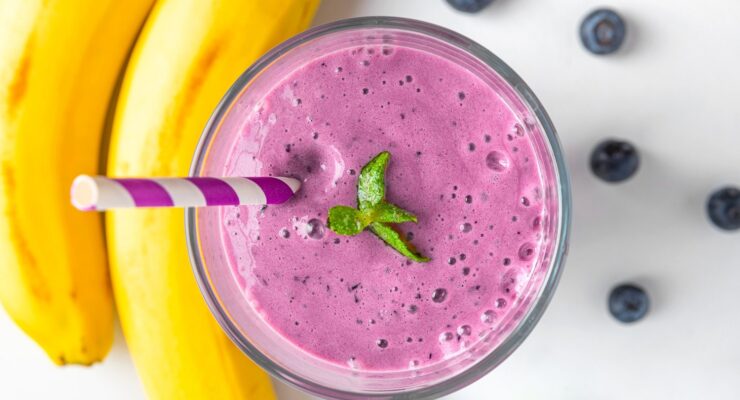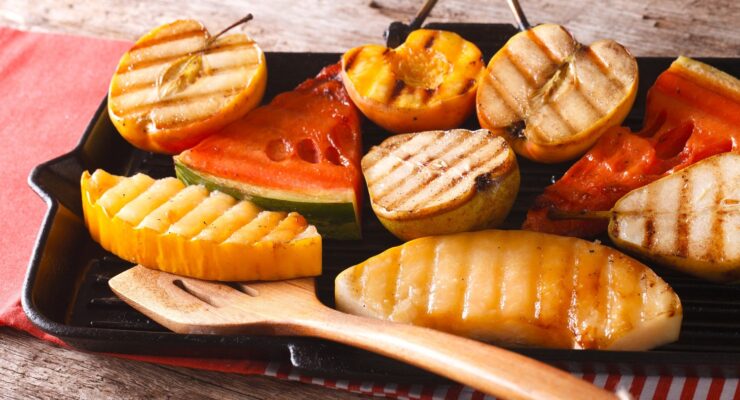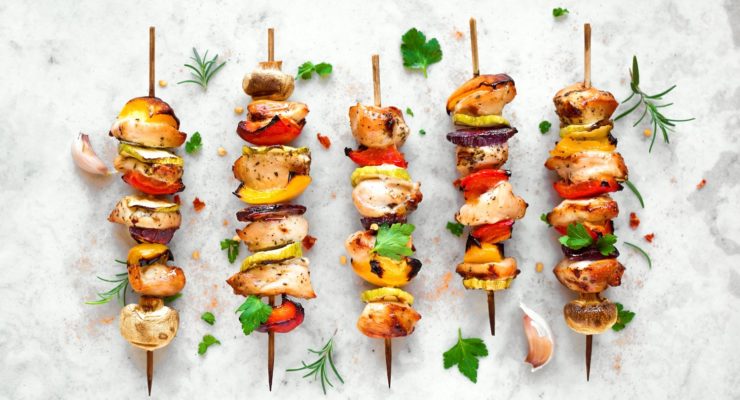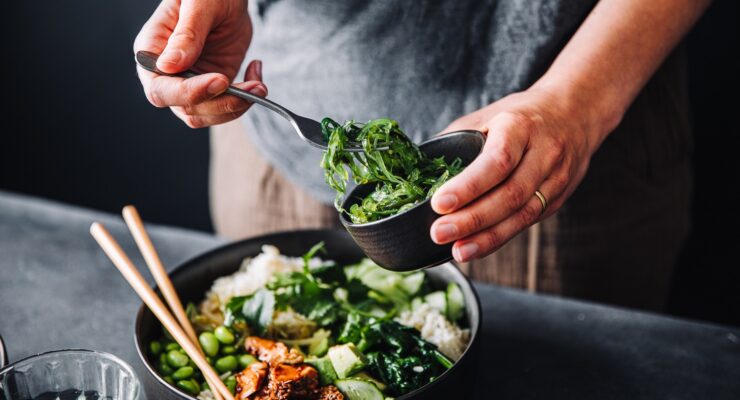News for Noodle Lovers: The Latest on Pasta
Article posted in: Diet & Nutrition
When it comes to diet advice, some days it’s not hard to feel like Alice in Wonderland. A new study comes out and everything you thought you knew about the healthiest way to eat is left standing on its head. Eggs that were bad are now good for you. Red meat was good, then bad, then really ugly once the World Health Organization said last year that it probably causes cancer.
And pasta? You knocked that off your menu years ago. Now? Scientists are saying it’s not only good for you, but people who eat it frequently—Italians, in one particular study—have a lower body mass index than those who don’t.
Researchers from the Neuromed Institute in Pozzili, Italy, recruited more than 23,000 study participants who agreed to have their weights, heights, waist and hip circumferences measured. They also participated in a food recall survey in which they listed all the food they’d eaten over the previous 24 hours. They were given picture booklets to help them estimate portion sizes and the researchers asked them if the meals they recalled were representative of what they usually ate.
The bottom line: The habitual pasta eaters had a lower body mass index, trimmer waists and lower risk of overweight and obesity than other study participants. The study was published in the journal Nutrition & Diabetes.
It should have been no surprise. Pasta is an integral though less heralded part of the Mediterranean diet which, over the last several decades, has emerged as the gold standard for healthy diets. People in the Mediterranean area, including Italy and Greece, have less heart disease, diabetes and even cancer than people in the US. They’re slimmer too.
Unfortunately, pasta, since it’s made of wheat, had its reputation tarnished in the anti-bread movement, spurred by the rise of low-carb and gluten-free diets. The truth is, pasta isn’t anything like bread. Not all carbs are the same.
Most pasta, unlike most refined bread, has a relatively low glycemic index, a measure of how quickly a food can flood the bloodstream with sugar, according to The Glycemic Index Foundation, a nonprofit funded by the University of Sydney, Australia (where the glycemic index was developed). Pasta cooked al dente typically has a GI somewhere between 40 to 50. White bread, by contrast, comes in with a GI of about 80. Lower is better.
The secret to pasta’s success may be the kind of wheat used to make most Italian-style noodles: Durum (from which semolina is derived), a harder grain that, when cooked al dente, doesn’t release as much starch which can raise a food’s GI. In other words, overcooking “gelatinizes” pasta, which will increase its GI.
While these findings are exciting for noodle lovers everywhere, it’s important to consider that the participants ate pasta as part of a Mediterranean diet—an eating regimen that stresses foods already understood to be effective components of a weight loss diet (think lots of fruits and veggies, whole grains, legumes and nuts). Therefore, we can’t say that eating pasta leads to weight loss. What we can say is that eating pasta in moderation as part of a healthy diet will not undo the progress you make.
The secret to your success at keeping pasta on the menu is to do as the Italians do:
1. Don’t take these findings as license to overindulge. Make portion sizes small. In the Italian study, the largest amount the participants ate at a meal was three ounces of pasta. That’s not even a whole cup. If you’re on a Nutrisystem program, aim for a half cup of pasta cooked al dente (that counts as one SmartCarb).
2. Don’t accessorize with fat. Pasta Alfredo swimming in creamy cheese is not the kind of pasta meal that’s going to keep you healthy and slim. Dress your pasta with veggies, marinara sauce or a spritz of olive oil with a sprinkle of Parmesan or Romano cheeses.
3. Add pasta to your salad. Researchers at Penn State found that people who ate a pasta meal with a salad felt fuller quicker, eating about 11 percent less of the meal than those who didn’t have a salad.








